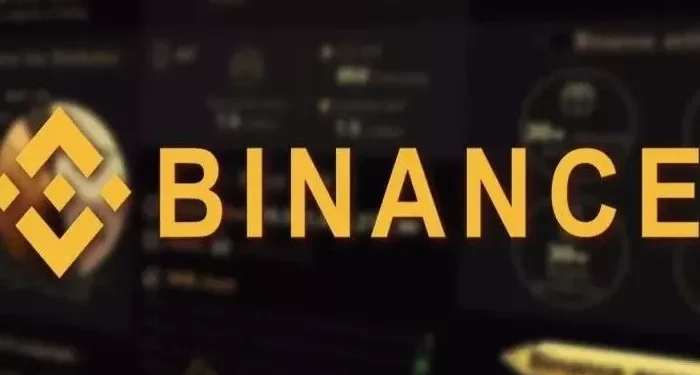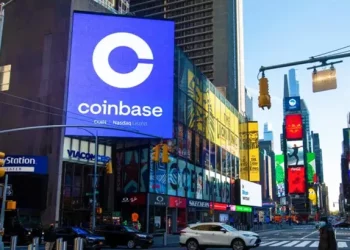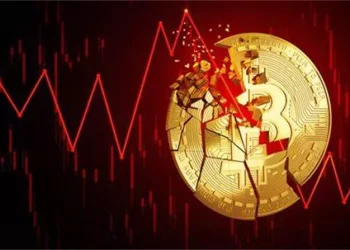Binance was founded in 2017 and has rapidly grown to become a dominant force in the cryptocurrency trading space. It offers a wide range of trading pairs, advanced trading features, and a user-friendly interface. With millions of users worldwide, the exchange plays a significant role in the liquidity and price discovery of numerous cryptocurrencies.
Maker and Taker Fees
Maker Fees
Definition and Concept
Maker fees are charged to traders who add liquidity to the order book. When a trader places a limit order that does not immediately execute and instead waits on the order book to be filled by other market participants, they are considered a maker. For example, if a trader places a buy limit order at a price lower than the current market ask price or a sell limit order at a price higher than the current market bid price, they are contributing to the available liquidity in the market.
Fee Rates
The maker fee rate on Binance varies depending on several factors. For most trading pairs, the standard maker fee is around 0.1%. However, for users with higher trading volumes or holding certain amounts of Binance’s native token, BNB, the maker fee can be significantly reduced. Binance has a tiered fee structure, and as users reach higher trading volume thresholds or hold more BNB, their maker fee can drop as low as 0.02% or even lower in some cases.
Taker Fees
Definition and Concept
Taker fees are levied on traders who remove liquidity from the order book. When a trader places a market order or a limit order that immediately executes against existing orders on the order book, they are a taker. For instance, if a trader places a buy market order and buys at the current market ask price or a sell market order and sells at the current market bid price, they are taking available liquidity from the market.
Fee Rates
The standard taker fee on Binance is typically around 0.1% for many trading pairs. Similar to the maker fee, the taker fee can be reduced based on trading volume and BNB holdings. For high-volume traders or those with significant BNB stakes, the taker fee can be as low as 0.04% or less.
Fee Structures for Different Trading Pairs
Spot Trading Pairs
Common Cryptocurrency Pairs
For popular spot trading pairs like BTC/USDT, ETH/USDT, etc., the basic fee structure of maker and taker fees as described above applies. However, due to the high liquidity and trading volume of these pairs, the impact of fee differences can be substantial. For example, a trader with a large trading volume in BTC/USDT can save a significant amount of money by reducing their taker fee from 0.1% to 0.04% through achieving a higher trading volume tier.
Altcoin Pairs
Altcoin trading pairs may have slightly different fee characteristics. Some altcoins with lower liquidity might have a slightly adjusted fee structure to account for the additional risks and costs associated with trading them. For example, certain less popular altcoin pairs could have a maker fee of 0.15% and a taker fee of 0.2% for regular users, but again, these fees can be reduced with increased trading volume and BNB usage.
Futures Trading Pairs
Perpetual Futures
In the case of perpetual futures trading on Binance, the fee structure is also based on maker and taker. The maker fee for perpetual futures is usually around 0.02% – 0.04%, while the taker fee is around 0.04% – 0.06% for standard users. However, futures trading has additional factors such as funding rates that can impact overall trading costs. The funding rate is a mechanism to keep the perpetual futures price close to the spot price. Traders need to consider both the trading fees and the potential impact of funding rates when trading perpetual futures.
Delivery Futures
Delivery futures on Binance have their own fee schedules. The fees are typically higher than spot trading fees as they involve the settlement and delivery of the underlying asset at a specific future date. Maker fees for delivery futures can range from 0.05% – 0.1% and taker fees from 0.1% – 0.2% depending on the contract and trading volume.
Impact of Account Levels on Fees
VIP and Institutional Accounts
Binance offers VIP and institutional account levels. To qualify for a VIP account, traders need to achieve a certain trading volume threshold. VIP accounts enjoy lower trading fees compared to regular accounts. For example, a VIP 1 account might have a maker fee reduction to 0.08% and a taker fee reduction to 0.06%, while a VIP 5 account could have a maker fee as low as 0.02% and a taker fee of 0.04%.
Institutional accounts, which are designed for large financial institutions and professional traders, often have customized fee arrangements that can be even more favorable depending on the negotiated terms and trading volume commitments.
BNB Holdings and Fee Discounts
Holding Binance’s native token, BNB, can also lead to significant fee discounts. Binance allows users to pay trading fees with BNB and offers a 25% discount on trading fees when paid with BNB. This incentivizes users to hold BNB and use it for fee payments. Moreover, the more BNB a user holds, the greater the potential impact on reducing overall trading costs. For example, if a user has a trading volume that would otherwise incur a 0.1% taker fee, by using BNB, the effective taker fee would be 0.075%.
How Fees Impact Trading Strategies
High-Frequency Trading
For high-frequency traders, even a small difference in trading fees can have a major impact on profitability. These traders rely on making numerous small trades in a short period. A reduction in taker fees from 0.1% to 0.04% can mean a significant increase in net profits over a large number of trades. They often strive to achieve higher trading volume tiers and hold BNB to minimize their trading costs and maximize their returns.
Long-Term Investment
Long-term investors who make fewer trades may be less sensitive to trading fees on a per-trade basis. However, over time, the cumulative effect of fees can still erode returns. For example, an investor who buys and holds a cryptocurrency for a year and makes a few trades during that period can benefit from having a lower taker fee, especially if they anticipate making additional trades in the future. They may also consider holding BNB to take advantage of the fee discount when they do trade.
Swing Trading
Swing traders, who aim to profit from short- to medium-term price fluctuations, need to carefully consider trading fees. They often place both market and limit orders. Reducing maker fees can be beneficial when they are adding liquidity to the market with limit orders, and reducing taker fees is important when they execute trades with market orders. The ability to adjust their trading strategies based on fee optimization can enhance their overall trading performance.
Conclusion
The trading fees on Binance are a complex but essential aspect of trading on the platform. The combination of maker and taker fees, different fee structures for various trading pairs, and the impact of account levels and BNB holdings all contribute to the overall cost of trading. Traders need to have a clear understanding of these fee mechanisms to make informed trading decisions. Whether it’s a high-frequency trader, a long-term investor, or a swing trader, optimizing trading fees can lead to increased profitability and a more successful trading experience on Binance. As the cryptocurrency market continues to evolve, Binance may also adjust its fee structures, and traders should stay updated to adapt their strategies accordingly.
Related Topics:
How to Make Money on Binance US
How to Know What Coin to Trade on Binance
















